
The picture has changed its name more than once. Originally it was called “Sketch of a French cafe”, then – “People in a cafe” and only in 1893 it became known as Absinthe. The models were well-known painters painter Marcelin Debuten and actress Ellen Andre. The institution was also chosen not accidentally. This cafe “New Athens”, it is here that the Impressionists defined the ultimate concept of plein air painting.
At first glance, the plot of the picture seems immoral – it is very difficult to consider something beautiful in the faces of drunk tired people. The look of a woman is absolutely lost. Hunched and looking into the void, the visitor of “New Athens” meets the dawn in the company of another glass of absinthe.
In fact, Degas wanted to draw attention to the problem of loneliness in a big city. The faster the cities grow, the deeper and hopeless is the isolation of the person and the more he wants to dull the feeling of hopelessness with the help of alcohol. One glass, the second, the third… With each new portion it becomes easier.
At the Third Exhibition of Impressionists in 1877 in Paris, the picture was waiting for a complete failure: critics deemed ugly and disgusting drunken faces models. After that, the canvas was not exhibited for a long time, and only after almost two decades it was talked about again: in 1892 the picture was presented at an auction in London and sold for an unjustly low price.
A year later, Absinthe appeared on the London exhibition. However, this time Degas’s work was called vulgar and perceived as an encroachment on the social morals, and not penetrating the core of the idea.
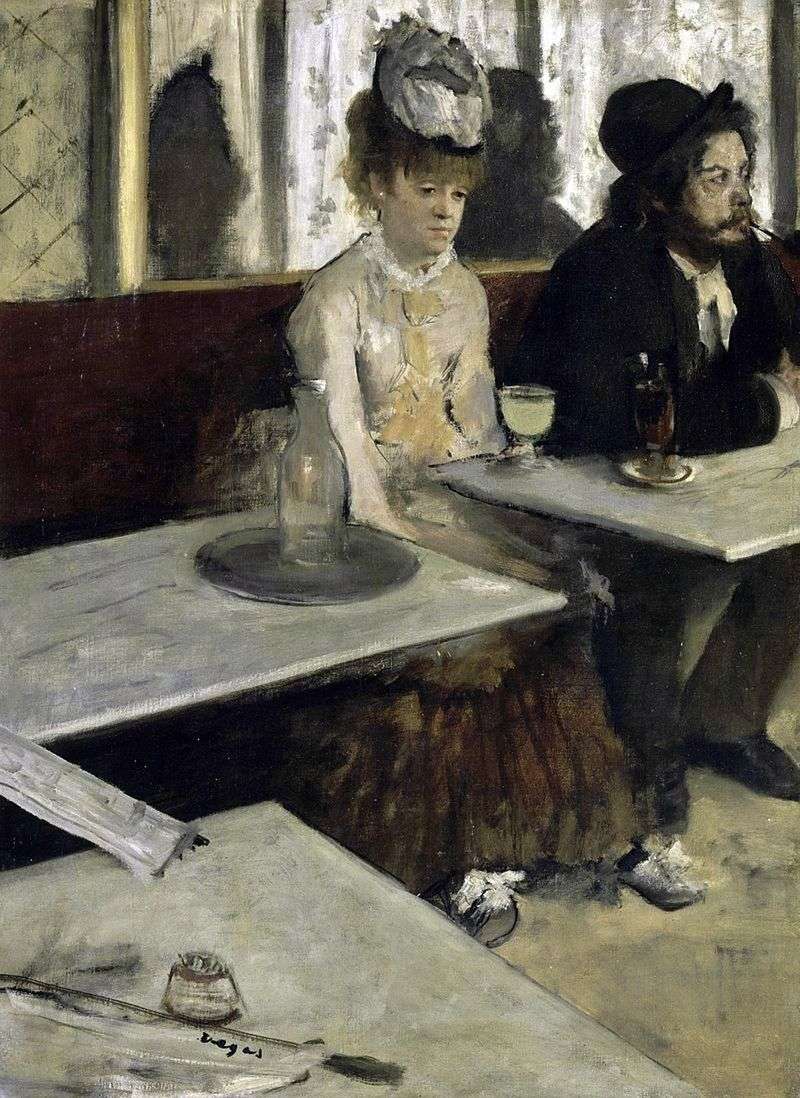 Lover of absinthe (People in the cafe) by Edgar Degas
Lover of absinthe (People in the cafe) by Edgar Degas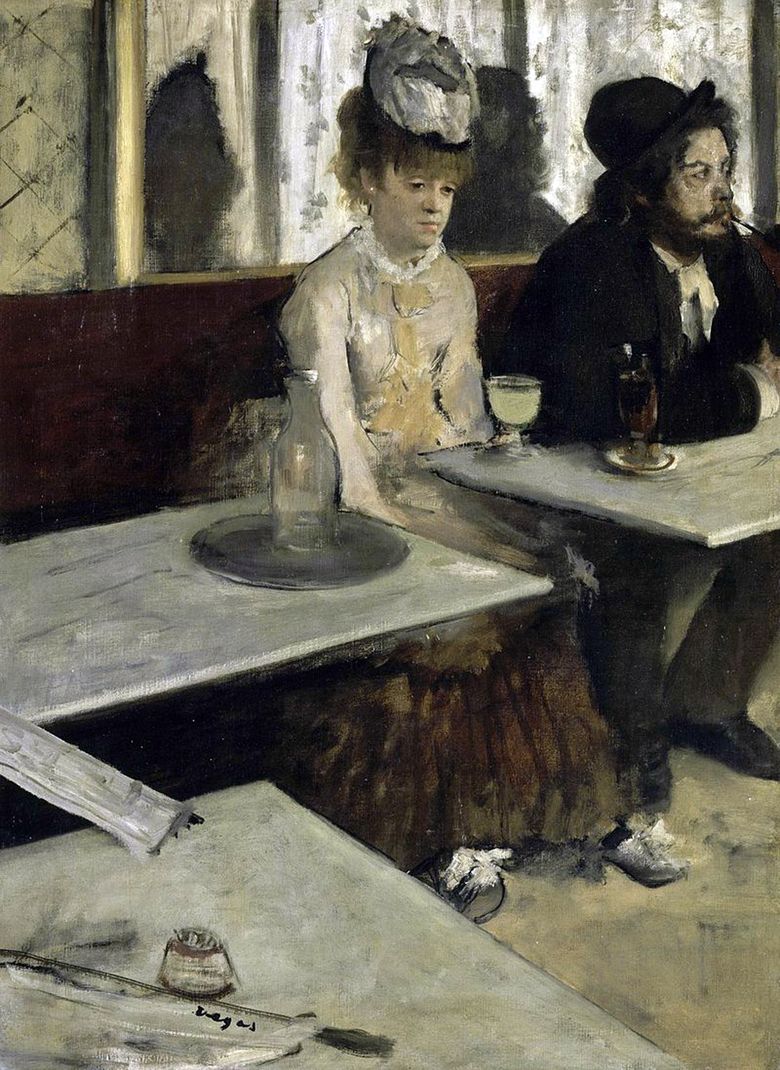 Amoureux de l’absinthe (Gens au café) – Edgar Degas
Amoureux de l’absinthe (Gens au café) – Edgar Degas Absinthe lover by Pablo Picasso
Absinthe lover by Pablo Picasso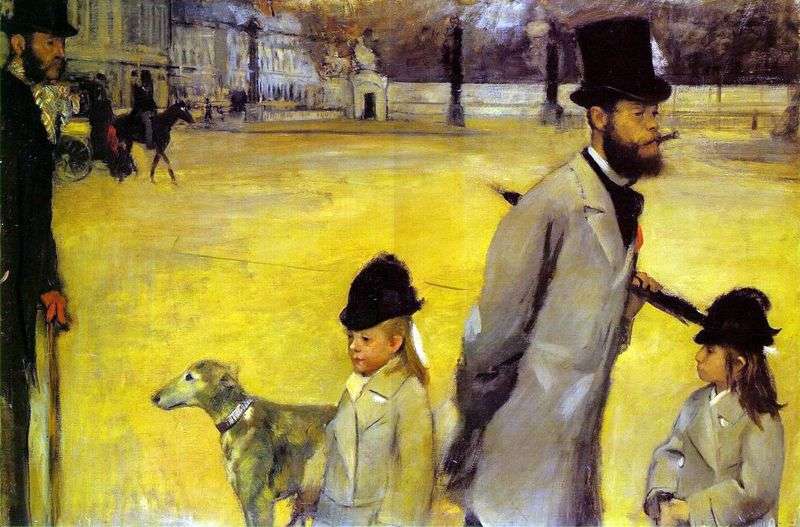 Place de la Concorde by Edgar Degas
Place de la Concorde by Edgar Degas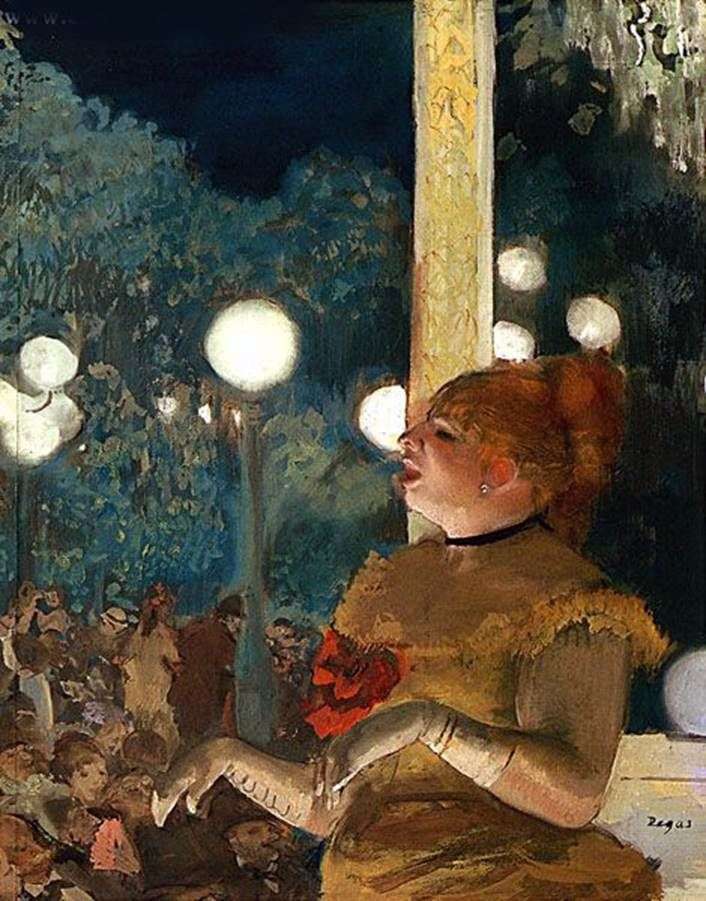 Aria dog or singer with a glove by Edgar Degas
Aria dog or singer with a glove by Edgar Degas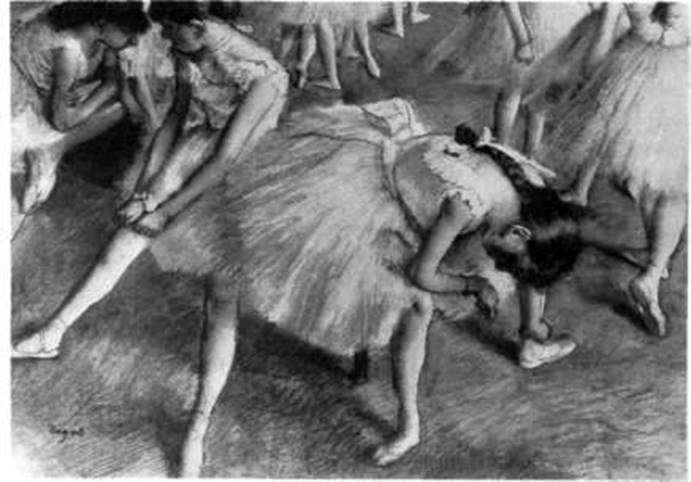 In anticipation of entering the stage by Edgar Degas
In anticipation of entering the stage by Edgar Degas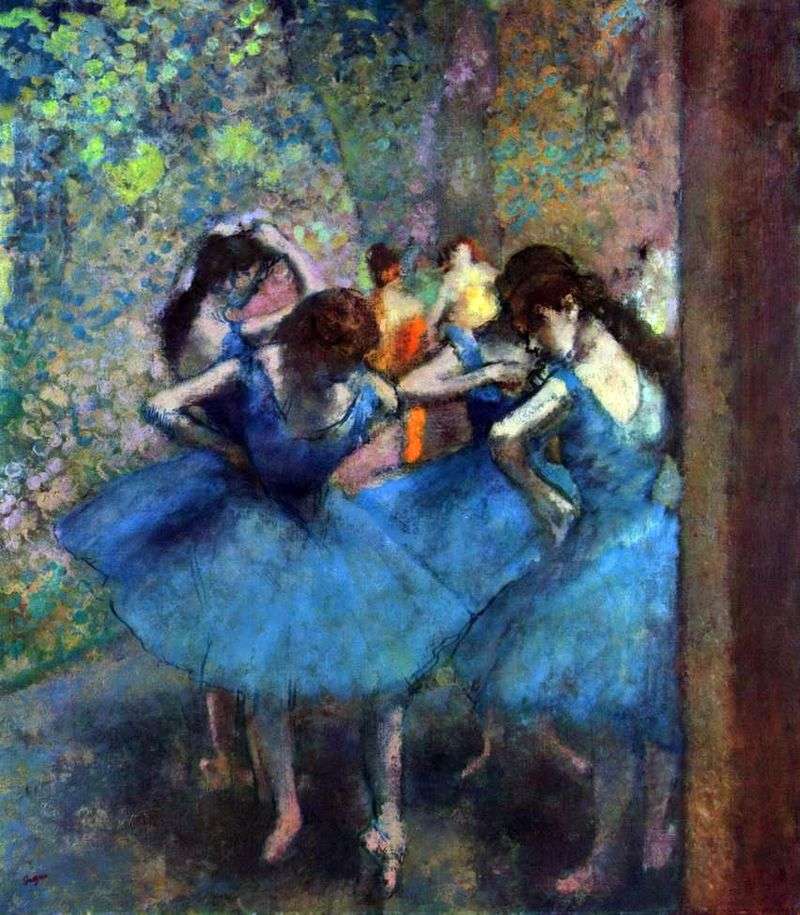 Dancers at rehearsals by Edgar Degas
Dancers at rehearsals by Edgar Degas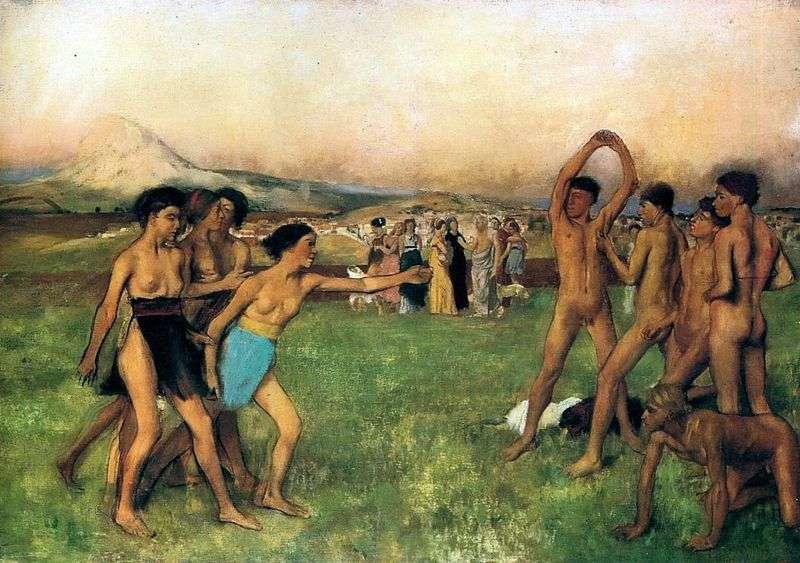 Spartan girls call young men to compete by Edgar Degas
Spartan girls call young men to compete by Edgar Degas